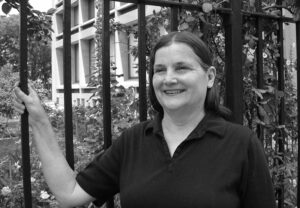PODCAST 180: Tristan Ching Hartmann
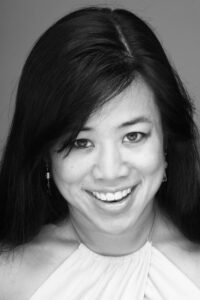 Release Date: 12.9.24
Release Date: 12.9.24
TO DOWNLOAD PODCAST OR LISTEN:
Crafting a Fulfilling Life In Dance with Tristan Ching Hartmann
Episode 180: Show Notes.
What does it take to craft a fulfilling life in dance? For Tristan Ching Hartmann, it’s a blend of resilience, curiosity, community, and an unshakable love for movement. From her shy beginnings in Ventura, California, to performing with the Margaret Jenkins Dance Company in San Francisco, Tristan’s journey has been anything but conventional. She reflects on transformative moments, including commuting long hours for ballet classes, finding her artistic home with Robert Moses’ Kin, and reinventing herself as a jazz dancer during her time in London. Tristan delves into how her teaching practice reignited her creativity, her experiences taking on choreography, and the life lessons she’s learned from Argentine Tango. She also shares the profound impact of a serious spinal injury that temporarily halted her dancing and how it led her to redefine her relationship with movement. Now dancing into her late 40s, she offers insights on adapting training, cherishing every moment in the studio, and navigating the physical demands of her art. Her passion for building community and mentoring younger dancers reflects her deep commitment to the art form and those who practice it. Join us for an inspiring conversation that explores what it truly means to craft a fulfilling life in dance!
Key Points From This Episode:
- An introduction to Tristan Ching Hartmann and her unique movement journey.
- How a childhood dance class sparked a lifelong passion for movement and artistry.
- Tristan’s deep connection to ballet and her love for its precision, grace, and classical music.
- The balancing act of pursuing dance while meeting her family’s academic expectations.
- How Stanford shaped her journey, leading to modern dance and joining Robert Moses’ Kin.
- The pivotal role of Robert Moses in Tristan’s early professional career and artistic growth.
- Recovering from a serious spinal injury and the life-changing decision to travel and reflect.
- How moving to London allowed Tristan to reinvent herself and explore jazz and the West End.
- Her transformative experience teaching and discovering new ways to connect with students.
- Returning to the stage with Margaret Jenkins Dance Company in her late 40s.
- How Tristan adapts training to stay active despite the physical challenges of aging.
- Tristan’s insights into Argentine Tango as a life lesson in feeling and responding.
- Reflecting on her love for building community and mentoring the next generation of dancers.
ABOUT Tristan
Tristan Ching Hartmann (she/her) was born and raised in Southern California. She took her first dance class in the garage of her babysitter’s friend, and doesn’t remember a time (thankfully) when she didn’t dance. She took ballet, jazz, and tap at local schools in Ventura until a fellow student Tristan idolized decided to start commuting to the Westside School of Ballet. Tristan followed. Tristan trained at Westside and spent summers at the San Francisco Ballet School until she graduated high school and entered Stanford University. At Stanford, Tristan took her first modern dance, a rigorous Cunningham technique class taught by Diane Frank, as well as commuting up to San Francisco to study with Alonzo King, Arturo Fernandez, Carmen Rozestraten, and Summer Lee Rhatigan. Tristan also began working with Robert Moses at this time.
Tristan graduated from Stanford with a B.A. in English and M.A. in Education, and moved up to San Francisco the next day. She danced with Robert Moses’ Kin for 11 years, collaborating with incredible artists such as Sara Shelton Mann, Robert Henry Johnson, Joanna Haigood, Marcus Shelby, Somei Yoshino Taiko Ensemble, and Youth Speaks. In March 2006, not searching for a better experience, just a different one while she could still dance, Tristan retired from Robert Moses’ Kin. Two weeks after retiring from the company, Tristan learned she needed immediate cervical spine surgery; the following week, she and her husband, Mark, made the decision to travel after she had recovered.
While traveling, Mark was offered a job in London. There, Tristan took the opportunity to reinvent herself—coming back to her love for jazz, getting an agent, and starting the West End audition circuit. In 2009, Tristan danced at the BRIT Awards in a special tribute to the Pet Shop Boys featuring Brandon Flowers and newcomer Lady Gaga. Tristan and Mark spent two years in London before moving back in 2010 to be closer to Mark’s father who had been diagnosed with a gliobastoma.
Back in San Francisco, Summer Rhatigan invited Tristan to join the faculty of the San Francisco Conservatory of Dance. It was an oasis of learning, creation, and thought—fueled by teaching artists like Christian Burns, Alex Ketley, Eli Nelson, Miranda LaValle, Bobbi Jene Smith, and Tom Weinberger, as well as the students themselves. Here, Tristan was able to refine her teaching skills and– thanks to Summer’s encouragement and support– began leading creative writing sessions and making work for the first time.
A big hole was felt—and is still felt—when the Conservatory closed in 2018. Not feeling ready to teach anywhere else, Tristan instead invited some friends and former students to play around in the studio. These play sessions led to a couple small solos and duets, which were eventually performed to live text by Christine No and Nick Jaina in a show produced by Red Light Lit. They were performed again in a collaborative show with Nol Simonse, Kara Davis, Victor Talledos, and Manuelito Biag in March 2020, days before shelter-in-place began.
And then, of course, the pandemic. A huge ellipses for us all… A different experience for everyone and yet, somehow similar in its wonderings and grief, whether acknowledged or not.
In 2021, at 47 ½ years old, and 14 years after she had first expressed interest in working with the company, Tristan joined Margaret Jenkins Dance Company, thanks to the generosity and open-minded vision of its director. When not in the studio with MJDC, Tristan enjoys a weekly movement practice led Sara Rudner, travelling with her husband, hosting a writing happy hour, gently exploring Argentine tango, and dreaming/collaborating with her friends.
PC: Peter Teigen
Podcast produced by: The Moving Architects
Interviewer: Erin Carlisle Norton

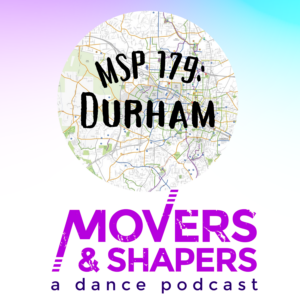 Release Date: 11.25.24
Release Date: 11.25.24 ABOUT Anna Barker
ABOUT Anna Barker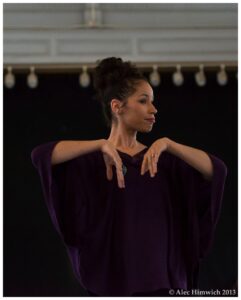 ABOUT Jessi Knight
ABOUT Jessi Knight ABOUT Kristin Taylor Duncan
ABOUT Kristin Taylor Duncan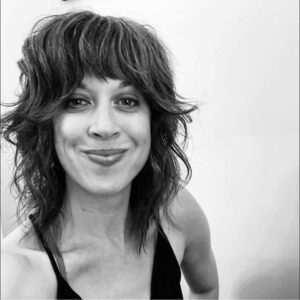 ABOUT Stacy Wolfson
ABOUT Stacy Wolfson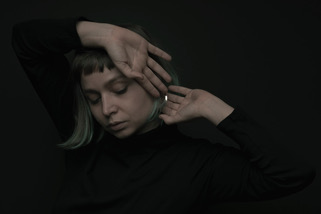
 Release Date: 10.28.24
Release Date: 10.28.24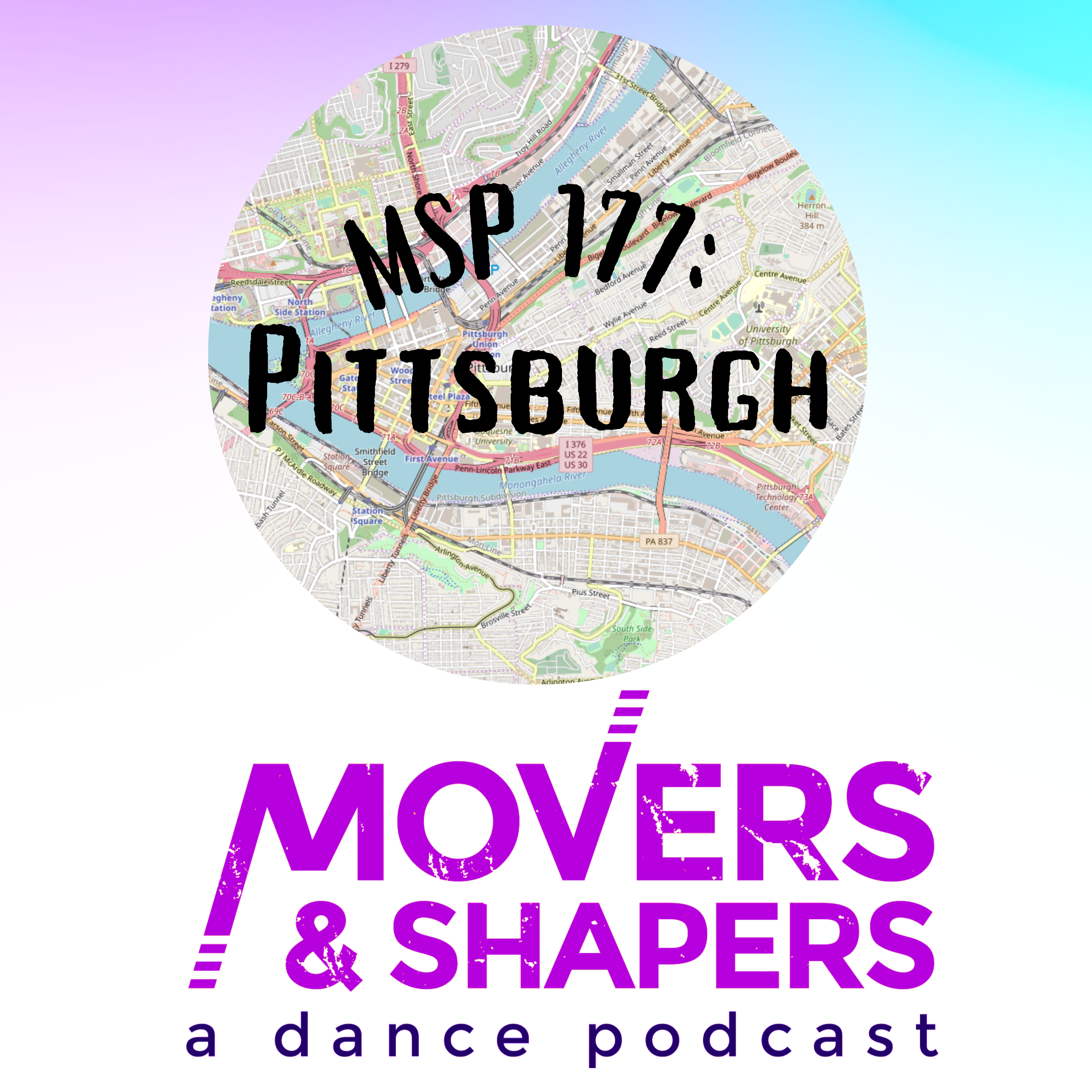





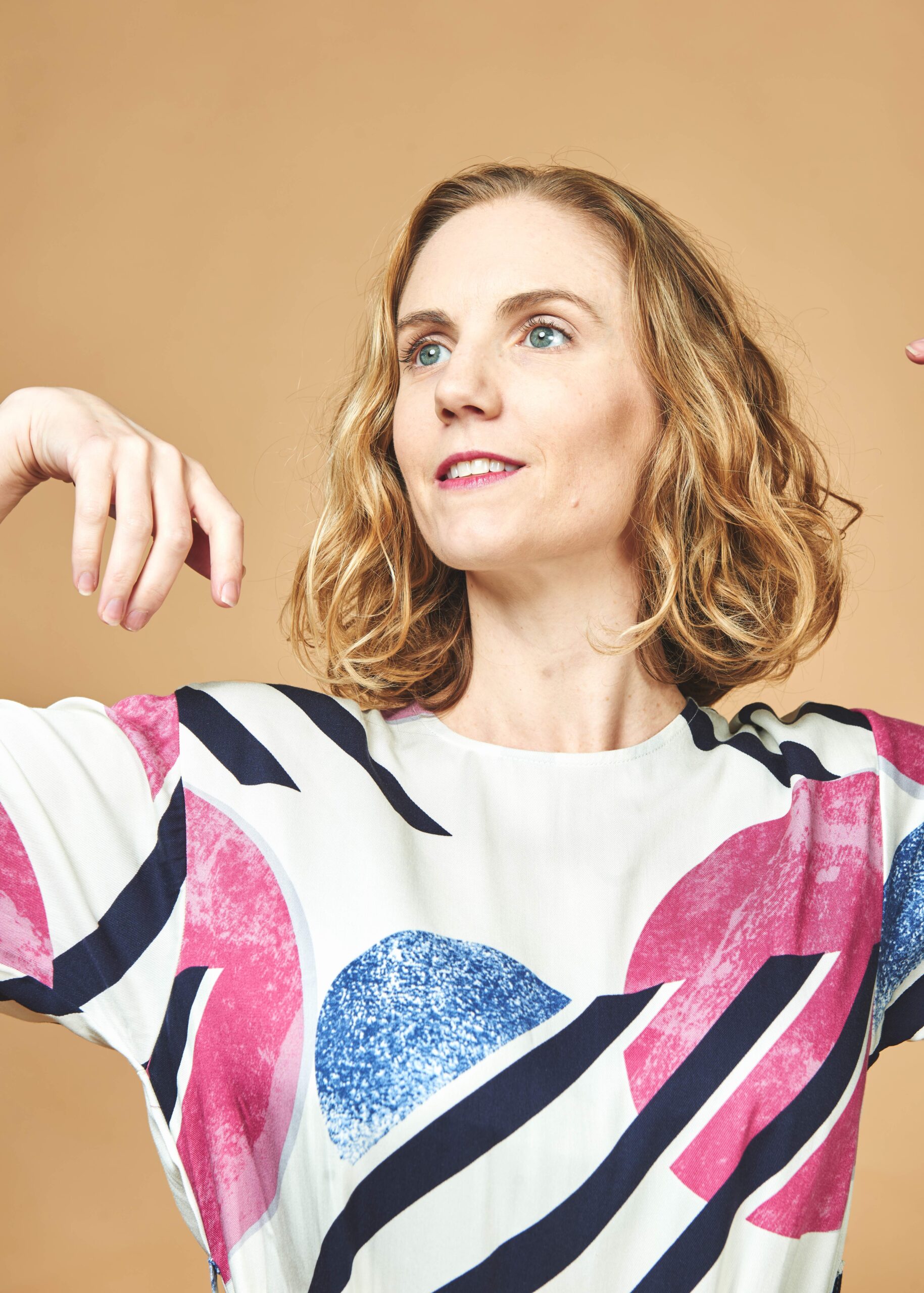
 Release Date: 9.30.24
Release Date: 9.30.24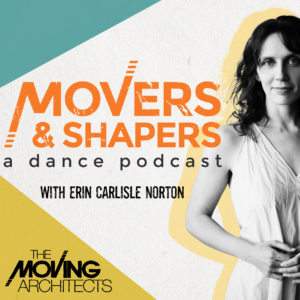 Release Date: June 2024
Release Date: June 2024
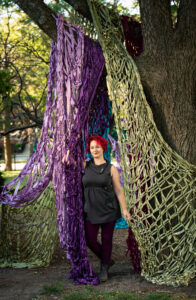 Release Date: 6.3.24
Release Date: 6.3.24
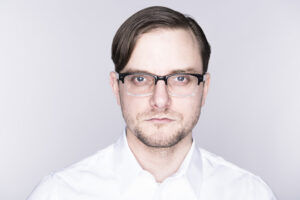 Release Date: 5.20.24
Release Date: 5.20.24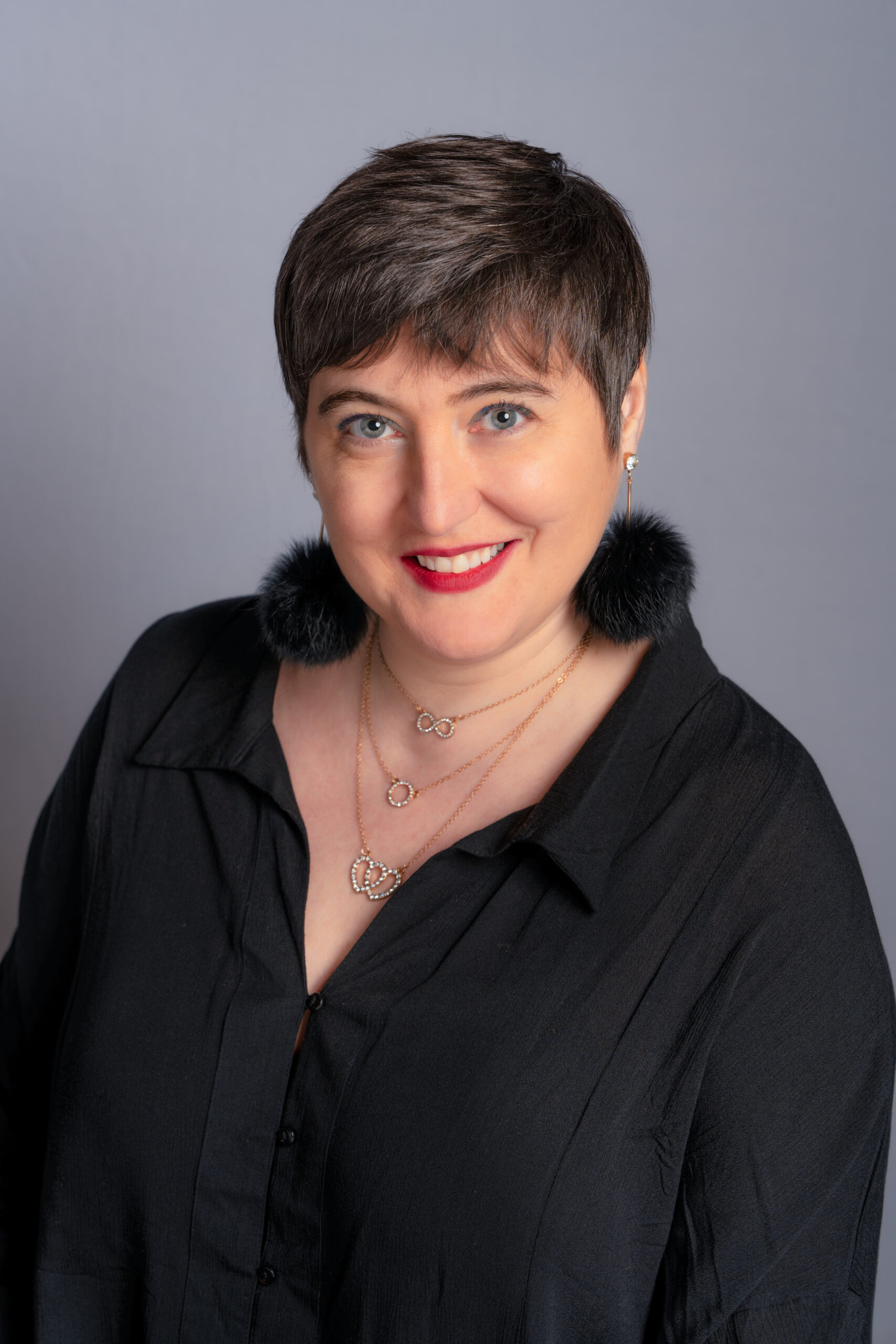
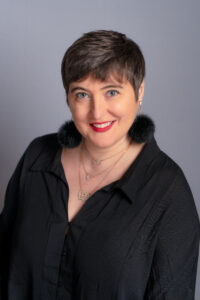 Release Date: 4.29.24
Release Date: 4.29.24
